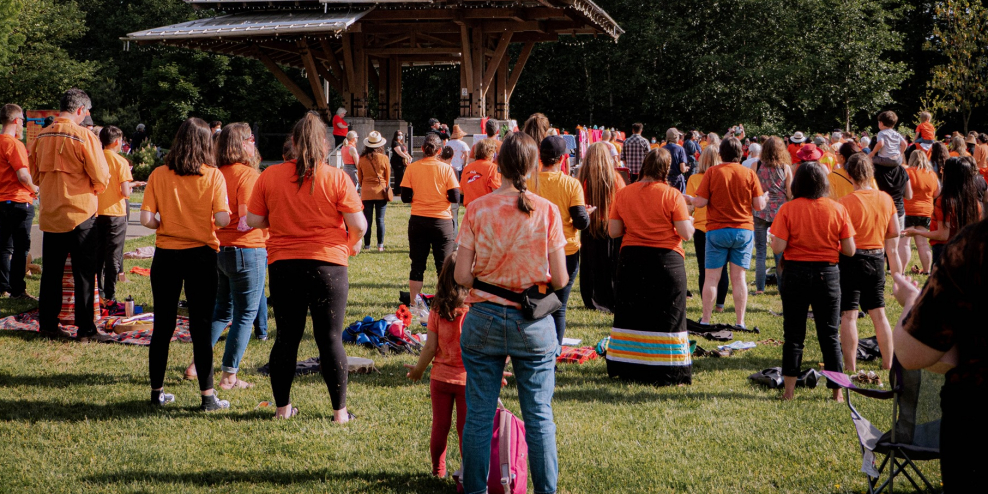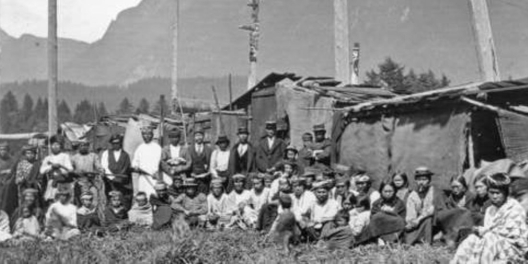Remembering is important. But joining together to support each other is even more so.
Comox Valley’s Spirit Walk for the National Day for Truth and Reconciliation gives us the opportunity to do both.
Comox Valley MIKI’SIW Métis Association and the Indigenous Women’s Sharing Society are working together to host the walk on September 30th. Folks will don their orange shirts and make the trek to honour the survivors of residential schools and the thousands more who did not make it home.
The Spirit Walk starts at Simms Millennium Park at 50 5th Street. Opening ceremonies begin at 11 a.m. and will be led by Andy Everson of K’ómoks and Kwakwa̱ka̱’wakw First Nations.
Everyone who joins will get a map of the walking route. As you make your way along, you can drum, sing, or simply walk and remember.
You can also drop in anytime until 6 p.m. as fits your schedule.
The walk is all about embracing the spirits of the past, and letting them know we still see them.
As the pamphlet for the event reads, “[i]n orange shirts and ribbon skirts, moccasins and a feather. We embrace the spirits of our ancestors, and we all walk together.”
Everyone is encouraged to wear orange to remember Indigenous children and families affected by residential schools.
Orange Shirt Day was started by Phyllis Webstad, who is Northern Secwpemc (Shuswap) from the Stswecem’c Xgat’tem First Nation.
She was just six years old in 1973 when she was brought to St. Joseph’s Mission Residential School. Her family didn’t have much money, but her grandmother managed to buy her a new outfit for school. Phyllis had picked out a shirt she felt was beautiful to wear on her first day.
“It was really exciting. I picked out an orange shirt and it was really shiny and it just sparkled,” she told Diane Amato for RBC’s People.
But the people who ran the St. Joseph’s stripped of her clothes. They took her orange shirt away, and she never saw it again. This was only the first crushing moment she would experience during her year at the school.
Since that day, to Webstad, the colour orange has symbolized being viewed as worthless. “Orange has always been to me… not mattering to anyone,” she said. “Nobody cared that we had feelings. So to me, that’s what orange meant,” she told Amato.
She didn’t wear orange again for 40 years. But in 2013, she wore an orange sweater to a press conference for the St. Joseph’s Mission Residential School Commemoration Project. She told her story publicly for the first time.
Now, wearing orange symbolizes taking back that colour for everyone who has been touched by residential schools. The gives it a new meaning of hope, strength, defiance, and unity.
Join in to help bring about a better future, where we can all walk together and orange can mean something beautiful for everyone.










